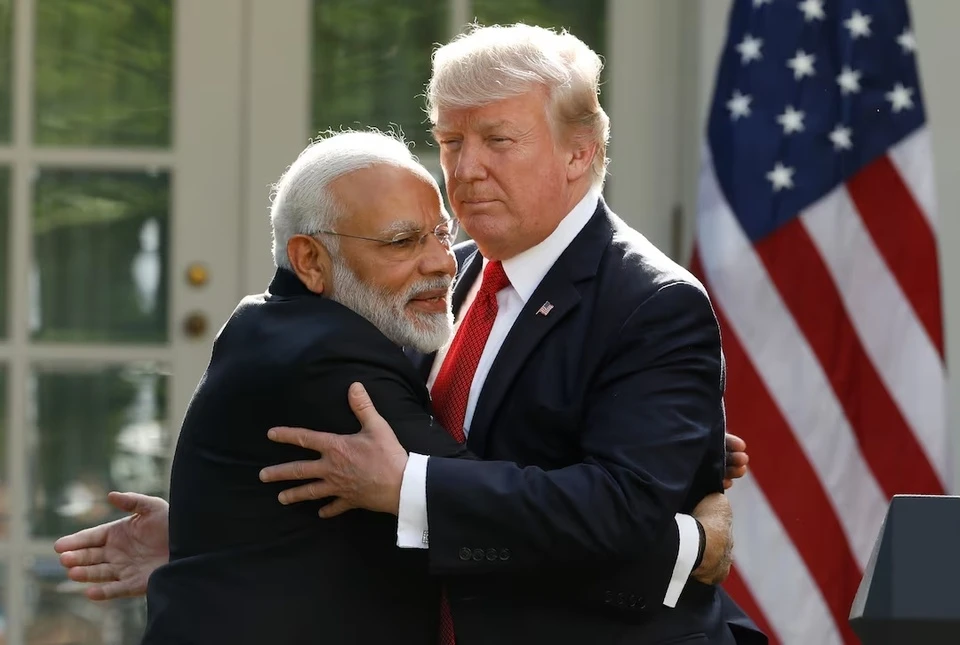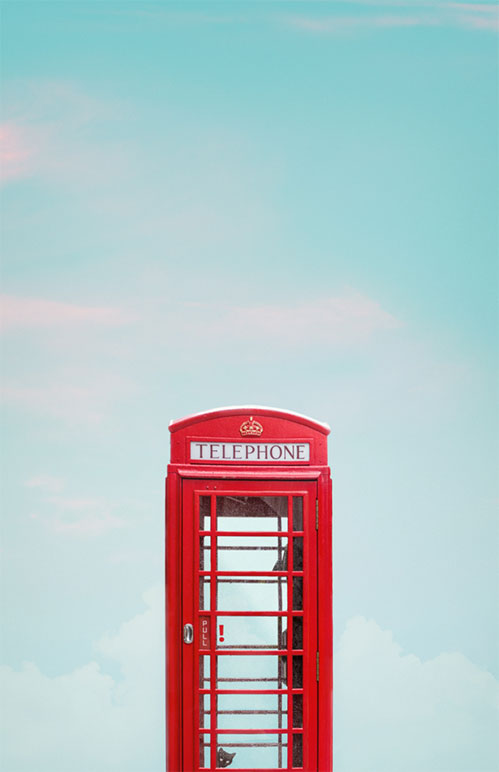
Few countries have acted as swiftly as India to appease President Donald Trump, aiming to prevent a potential trade war that could damage its economy. In just a matter of weeks, Prime Minister Narendra Modi has made several concessions to the White House on key issues tied to Trump's trade agenda.
This response offers an early glimpse into how New Delhi plans to navigate Trump's second term, especially as the U.S. president imposes tariffs not just on rivals but also on allies.
India’s Preemptive Moves
On February 1, Modi’s administration announced a major overhaul of India's tariff regime, slashing import duties on key U.S. exports ranging from textiles to motorcycles. The announcement follows India’s commitment to accept thousands of undocumented migrants deported from the U.S. and maintain transactions in U.S. dollars.
These swift actions came without a direct tariff threat from the Trump administration, signaling a more conciliatory approach compared to Modi’s strategy during Trump's first term.
This marks a shift from previous years, when the personal warmth between Trump and Modi was not enough to resolve trade disputes. Those tensions led Washington to strip India of its trade privileges under the Generalized System of Preferences (GSP).
Indian officials, speaking anonymously, emphasized their goal of deepening trade, defense, and technology-sharing ties with the U.S., while positioning India as an alternative manufacturing hub for companies moving out of China. They believe that maintaining a friendly relationship with Trump will yield greater benefits than risks.
"India Is Doing Everything It Can"
"India is crucial for the U.S. in every way—whether in the Indo-Pacific strategy or as a manufacturing alternative to China," said Alicia Garcia-Herrero, chief economist for the Asia-Pacific at Natixis.
"The risk of high U.S. tariffs on India is low, but they seem to be doing everything possible to avoid any tariffs," she added.
Governments worldwide are racing to get ahead of Trump's protectionist policies, following his tariff announcements against Canada, Mexico, and China. The new trade barriers have sparked fears of global economic disruptions.
- South Korea is considering purchasing more U.S. food and energy.
- Japan is exploring ways to secure stable energy imports from Washington.
- Australia has reached out to U.S. officials, aiming to protect its aluminum and copper exports.
Why India Has More to Lose
India, in particular, has significant stakes in its trade relationship with the U.S.
- The country runs a trade deficit of $78.1 billion with Washington, largely due to its high energy imports from the U.S.
- However, this is offset by a bilateral trade surplus of $35.3 billion, recorded in the fiscal year ending March 2023.
India and the U.S. have expanded their defense cooperation, technology sharing, and nuclear collaboration, as Washington seeks to strengthen New Delhi as a counterweight to China.
Major U.S. companies like Apple and Micron Technology have increased manufacturing in India, signaling a deepening economic partnership.
Last week, Trump confirmed that Modi is expected to visit the White House later this month, making him one of the first world leaders to meet with Trump since his return to office.
However, Trump has repeatedly criticized India’s high trade barriers and vowed to impose reciprocal tariffs on the South Asian nation.
Harley-Davidson and Modi’s Tariff Cuts
One of Modi’s most notable concessions is his decision to cut tariffs on large motorcycles, addressing a long-standing complaint from Trump.
For years, Trump has criticized India’s high tariffs on Harley-Davidson motorcycles, made in Milwaukee, Wisconsin. The American brand has struggled with India’s complex import tax structure, which has discouraged its sales in the country.
Challenges and Risks
Despite the tariff cuts, several issues could still strain U.S.-India relations:
- India continues to import significant amounts of Russian oil, despite U.S. sanctions.
- A senior Indian official was indicted in the U.S. last year, accused of plotting an assassination on American soil—an issue that remains unresolved.
Amitendu Palit, an expert on trade and investment at the National University of Singapore, warned that India’s appeasement strategy could backfire.
"If you give in to Trump once, there’s no guarantee the issue is resolved forever. He will likely come back asking for more. That’s the challenge," Palit said.
As Trump reshapes global trade rules, India’s early moves suggest a proactive effort to avoid costly disputes—but whether this strategy fully shields India from future demands remains to be seen.
Hello Shuttle will strive to bring the latest updates. At the end of the day.
Are you looking for reliable airport and cruise port transfer services in Los Angeles?
We offer professional, safe, and punctual transportation from
Los Angeles Airport - LAX
Long Beach Airport - LGB
John Wayne Airport - SNA
San Pedro cruise port
Long Beach cruise port
Disneyland
and other destinations.
Let us make your journey stress-free and comfortable with our dedicated drivers and high-quality vehicles. Book now for the perfect travel experience at www.helloshuttle.com or call 944-800-5678!


